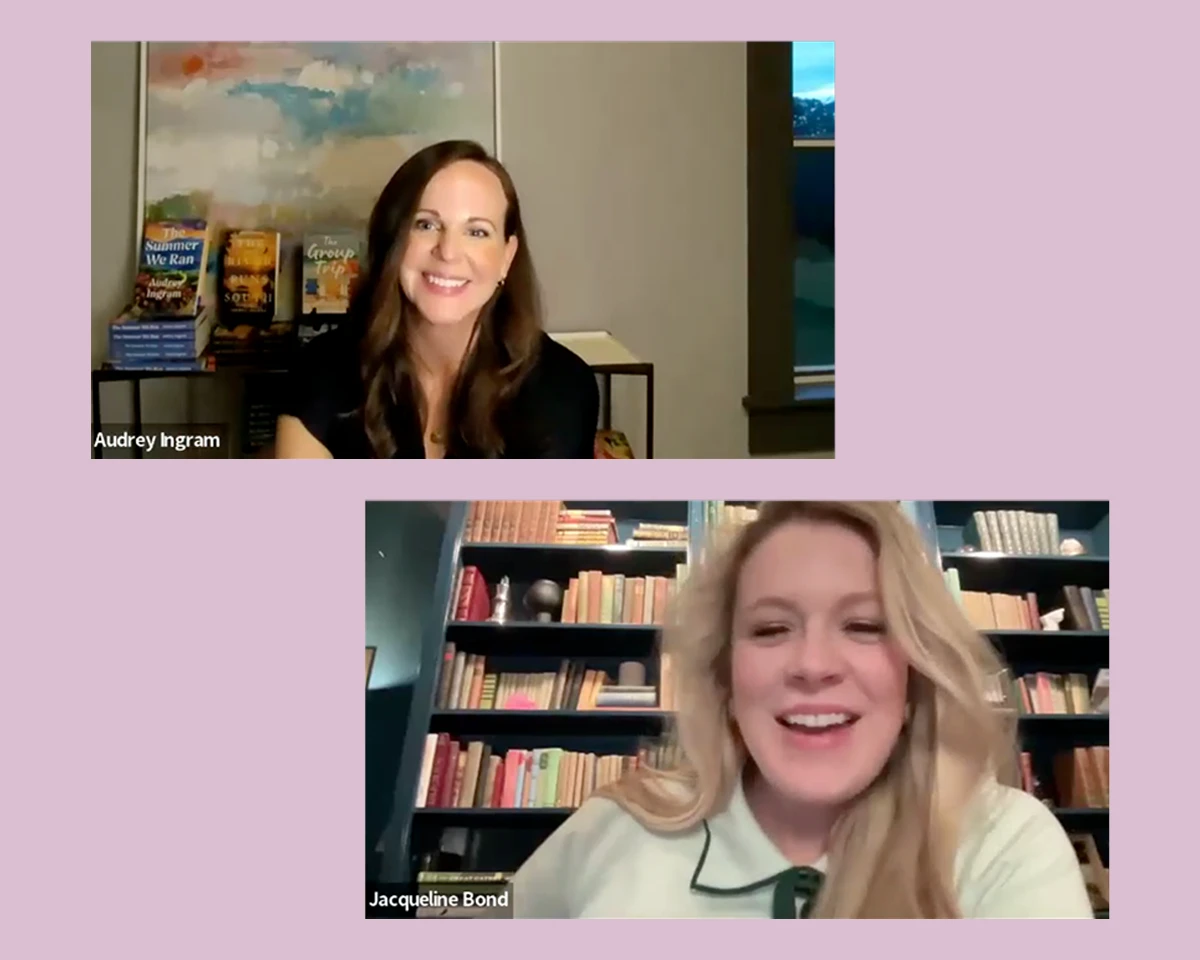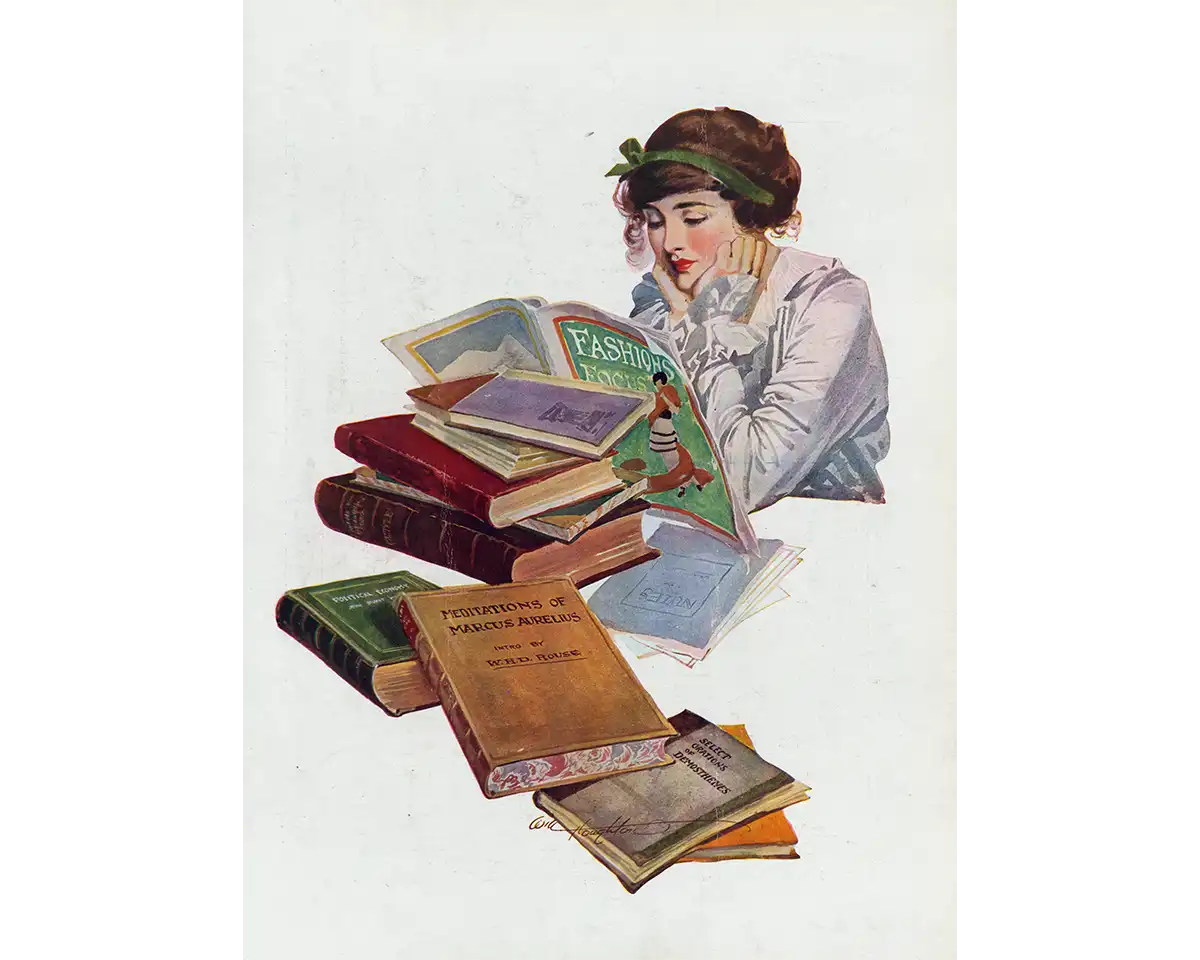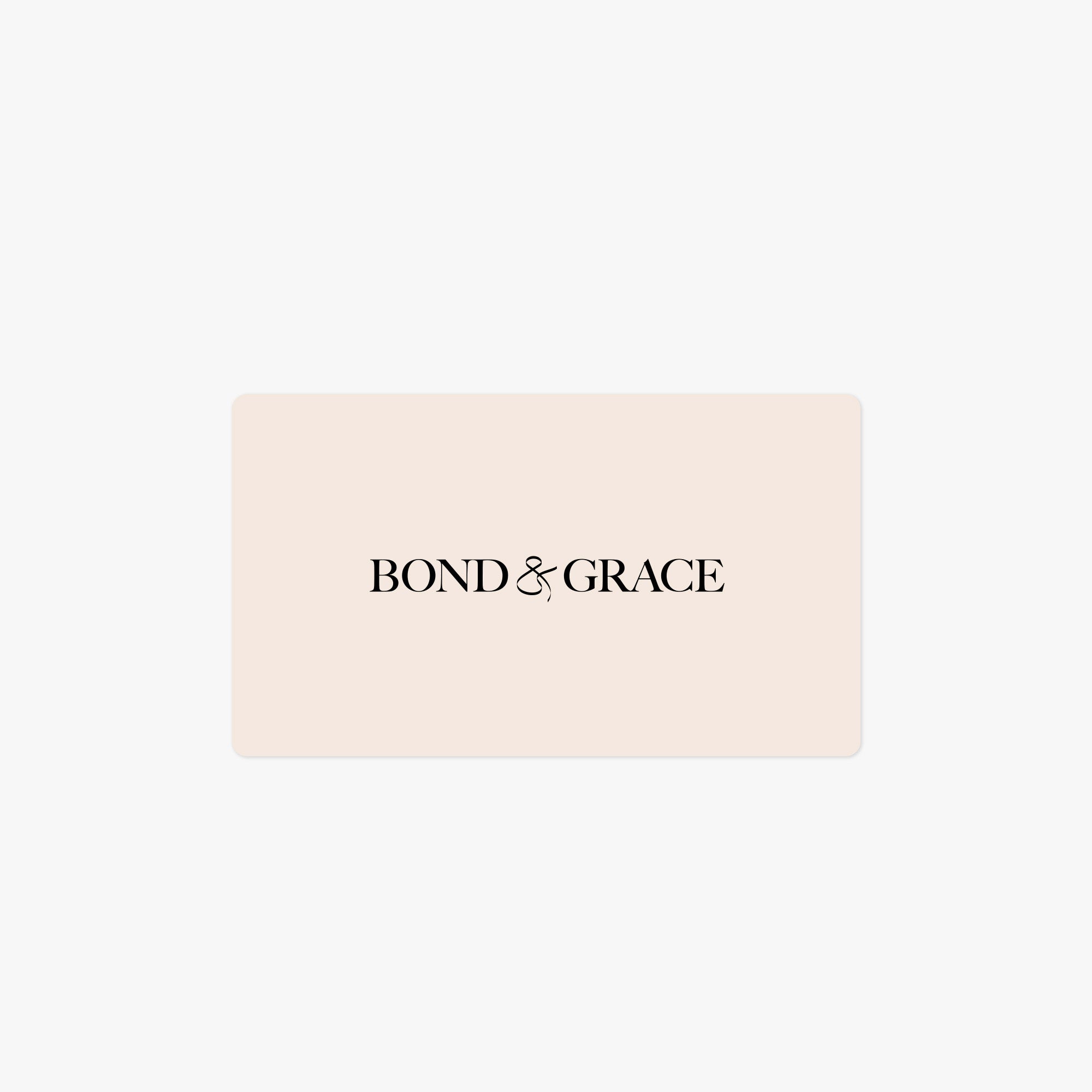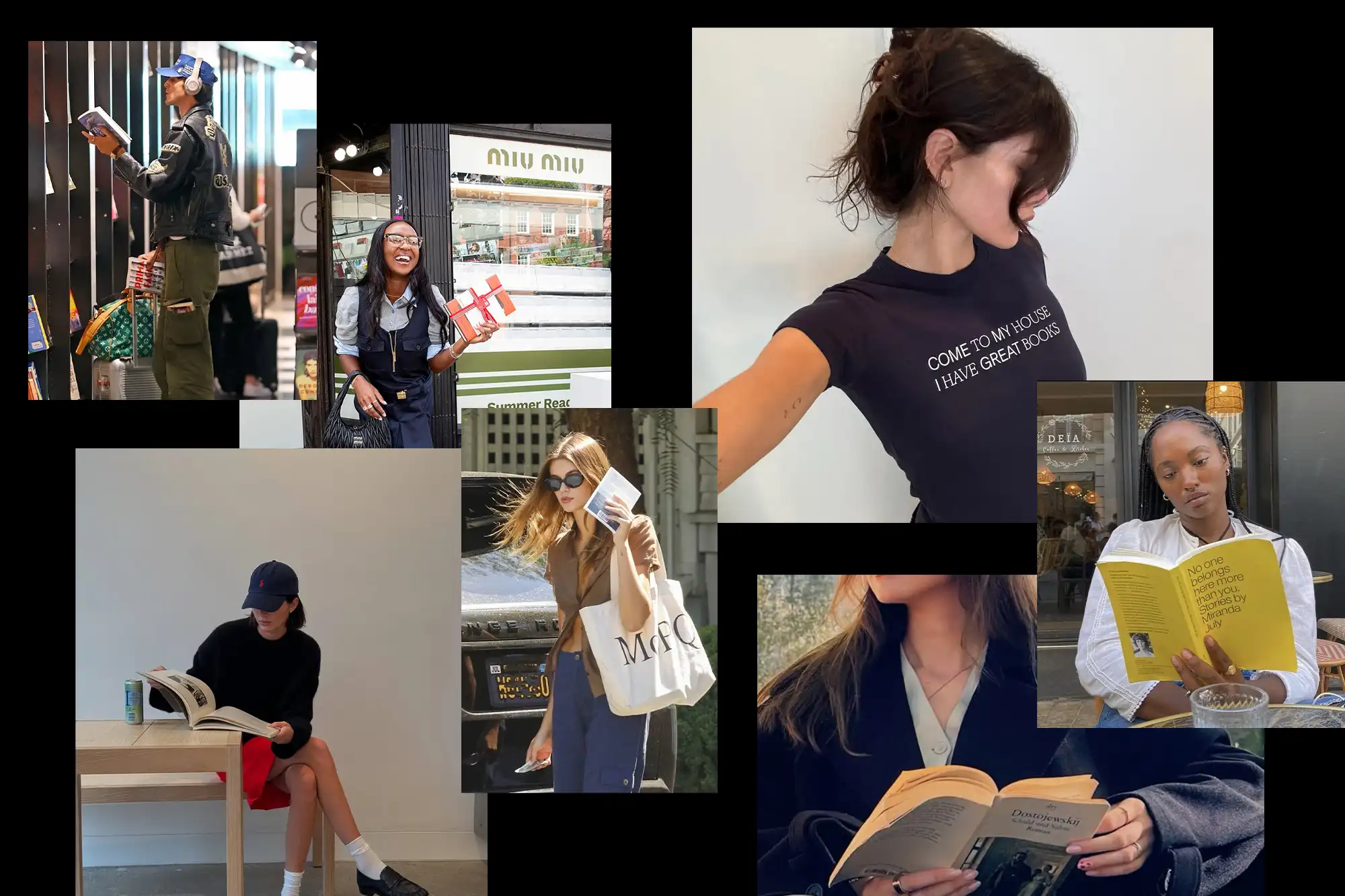Bestselling novelist Audrey Ingram didn’t leap from law to literature overnight—she built a repeatable system that turns messy ideas into finished books. In our Lit Society talk, she shared the exact habits, mindsets, and industry steps she used to publish three best-selling novels in two years. Here are her most practical takeaways.
1. Give yourself the permission slip
Waiting to feel “ready” is the trap. Audrey started by deciding she was allowed to try—and fail—privately.
“I thought, as a lawyer, I needed to be analytical… I didn’t think I could be creative enough to write a book. And then I just said, well, why not? If I fail, I’m not hurting anyone.”
2. Start tiny (500 words a day)
Break the mountain into molehills. Aim for ~500 imperfect words; consistency beats bursts.
“Most people write 500 words in half an hour. I know they’re going to be bad words, and I have to accept that. But you can’t edit a blank page.”

3. Embrace the ugly first draft
You can’t edit a blank page. Expect bad, messy pages on purpose—future-you will fix them.
“It should be very, very messy. It should look nothing like the final book. You have to get the skeleton out.”
4. Use a “zero draft” to find the story
Write exploratory pages you’re willing to toss. Discovery writing counts as progress.
“Sometimes that means writing maybe 100 pages that all get scrapped. But that’s still progress.”
5. Build a one-sentence pitch first
If you can’t describe the book in a sentence, you won’t be able to steer it.
“The Summer We Ran was ‘First loves turned political rivals.’ That one sentence anchored the whole book.”

6. Notebook the world + the people
Audrey keeps a dedicated notebook per book: flap copy sketch, plot beats, then character pages with backstory and texture—plenty of details that never appear on the page but shape it.
“Every main character gets a page—backstory, quirks, things that will never go in the book but help me know them.”
7. Track progress visually
She writes target word counts by date and crosses them off—a grown-up gold star that keeps momentum visible.
“It’s like in kindergarten when you get a gold star. Crossing off a word count goal feels the same for me as an adult.”
8. Create a Pavlovian playlist
One bespoke playlist per project (about 20 tracks) on loop. Music = on-ramp into the world, fast.
“One playlist, 20 songs, on loop the whole time. When I put it on, I’m in the story.”
9. Engineer your environment
Establish simple routines, minimize distractions, and protect the hours that actually work for your life.
“I wrote my first book at 4 a.m. on a lap desk in bed.”

10. Journal daily (low-stakes reps)
A lifelong journaling habit warms up the voice, builds discipline, and captures life you can mine later.
“I was that girl with a silver padlock diary. Journaling has always been how I process life.”
11. Don’t fear “too many ideas”—pressure-test them
Only ideas that survive plotting and character work become “real books.” The rest stay in the parking lot.
“There are a million fun ideas. But the real book is the one I can’t get out of my brain.”
12. Bust writer’s block by changing state
Shower, walk, drive—“add water” or go outside. Step away briefly, then return. Don’t give it days.
“My parenting advice works for writing too—just add water. Take a shower, go outside, clear your head.”
13. Learn the craft like a new client
Audrey studied structure, POV, and the business. Take books apart to see why they work for you.
“As a lawyer, I thought—new client, new case? I’ll figure it out. Writing was the same. I read every craft book I could and took books apart to see why they worked.”
14. Expect rejection—and iterate
She queried ~89 agents and rewrote the query 7 times. Thick skin + revision wins.
“I sent 89 queries. I rewrote my query letter seven times. By the last batch, almost everyone asked to see pages.”

15. Community makes your book better
Swap pages with other writers before querying. Critique is a growth accelerant.
Seek critique, share drafts, and don’t isolate.
16. Publishing is a team sport
After the deal: developmental edits, copyedits, proofreads, cover, sales, marketing—the village matters.
“There’s this idea writing is solitary—it isn’t. You have editors, copy editors, marketers, designers. It’s a village.”
17. Be a lifelong learner
Sometimes you set a project aside, level up, and come back stronger. Progress isn’t linear.
“The beautiful thing about writing is there’s no limit. You can always learn, grow, and surprise yourself.”
Final thoughts:
And finally, my personal favorite quote from the evening that I believe is the perfect permission slip to get started on that book idea you have tucked away in your notes draft. "I don't believe in writer's block, I believe in the fear of writing bad things."
Audrey’s Craft & Industry Reading List to help you get started on your novel :
- On Writing: A Memoir of the Craft — Stephen King
- Bird by Bird — Anne Lamott
- Big Magic — Elizabeth Gilbert
- Writing the Breakout Novel — Donald Maass
- Save the Cat! — Blake Snyder
- Before and After the Book Deal — Courtney Maum

Recommended Audrey Ingram’s Novels:
- The River Runs South — A modern Southern story of resilience, rooted in family and home.
- The Group Trip — When friendship and love collide on vacation, secrets surface that change everything.
- The Summer We Ran (Book of the Month + Indie Next pick, 2025) — “I wanted to use the genre of romance as a metaphor for how divided we’ve become—and show that stories can be our bridges.”















